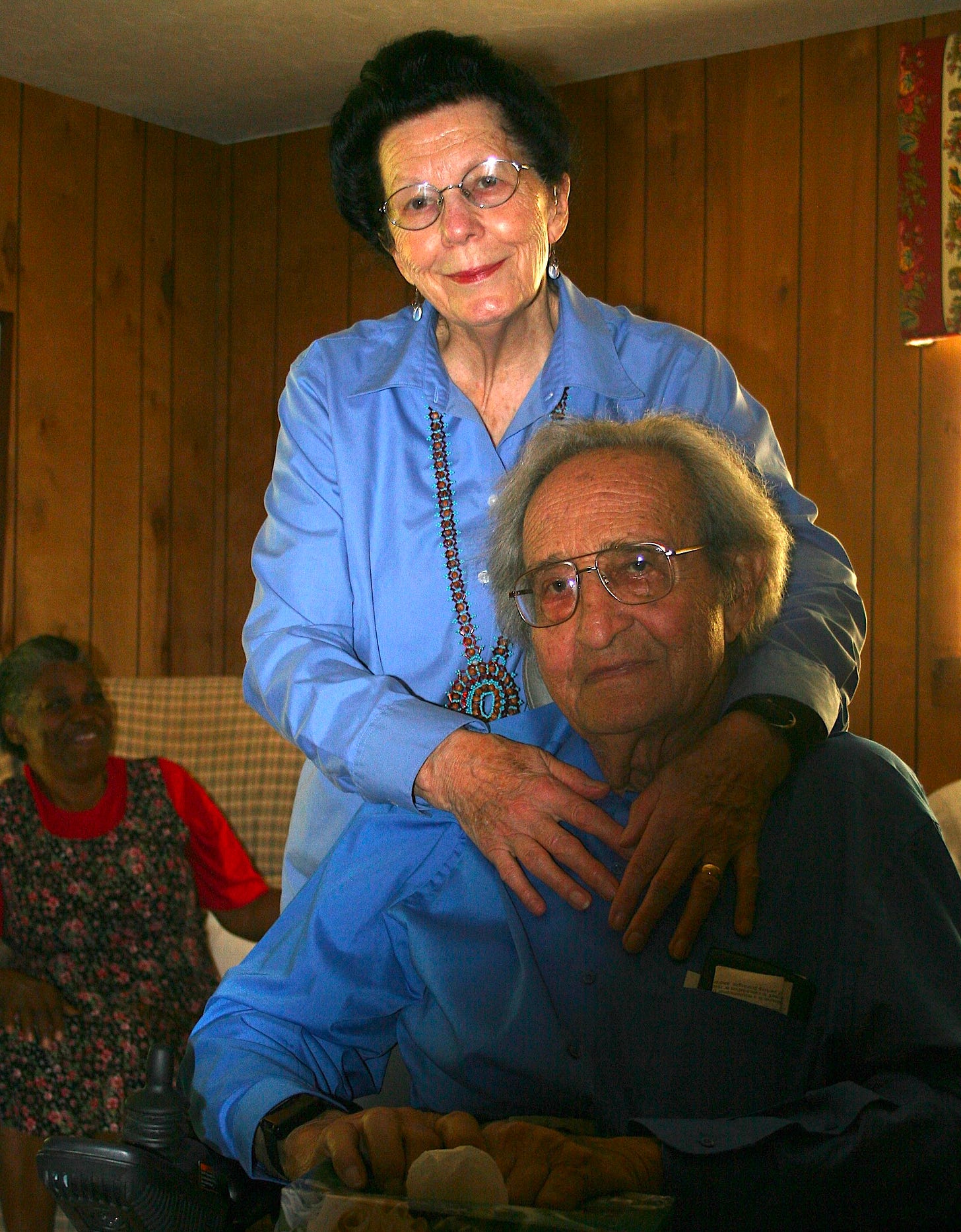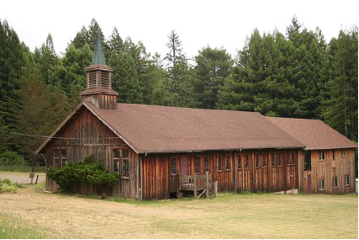“Comptche has its own law. For years, you could call for a deputy and he may or may not come. They considered Comptche would take care of itself.”
Old-timer respondent
Comptche has always attracted people with an independent spirit, a prerequisite for living well in the redwoods. Until the 1980s, Comptche residents were notorious for building all kinds of structures without official permission: homes, workshops, recording studios, buildings, dams.
“Comptche folks are characteristically reserved and independent.” Old-timer Elsa Thompson wrote in 1973. There was a common acceptance of “bending the rules” in Comptche.
Both old-timers and newcomers put up structures without obtaining building permits. The consensus was, as one participant said, “We minded own business.” It’s a Comptche tradition.
Respecting privacy is a shared American value. Privacy is a form of freedom. But there are consequences when privacy is used as a smokescreen to conceal. Like the woman who’s pot plats were revealed when the neighbors cows ate the corn concealing it.
Hippies were the midwives of the New Age movement, a blend of imported and domestic spiritual principles and practices. Karma emerged as a key concept. Karma is from Sanskrit. It’s a principle in many religions of India that guides human behavior. Your karma is the consequence of your actions, the consequence of your choices. “What’s my karma if I report my neighbor’s activity? Is it hurting anyone? Harming nature?”
My family’s five-acre farm was impacted by an illegal dam built upstream. We didn’t know it existed. Beyond the locked gate on a dirt road running beside our house, an old-timer dammed Flynn Creek. The creek ran along the eastern property line of our farm. The dam deprived water from a few families along this stretch of creek before it joins the Albion River. Flynn Creek ran dry in the summer. This was a painful discovery for me during this research. I got answers I wasn’t looking for.
The clandestine dam could be why the former owners sold mom the farm. She was excited about the established homestead garden. Our first summer there, the creek went dry. We couldn’t irrigate. Then our well went dry. My mom’s dream of a big vegetable garden and canning veggies for subsistence living likewise dried up. In gallon jugs, we hauled water in our station wagon from a roadside spring the locals call The Water Trough.
The Water Trough is about ten miles from where we lived. The spring is an important roadside water source between Comptche and the coast. Settlers built a rough-hewn wooden trough to catch the water. It was a spring-water filling station for horses and mule teams. The Water Trough has been rebuilt a few times. It was vandalized to smithereens with an ax in the late 1970s, but never investigated. Only rumor knows who did it.
“Even though different than in the decades of the ‘40s and ‘50s, it has always been considered a safe place to live. Everybody knew everybody. We know our neighbors, we know who our kids are playing with.”
Old-timer respondent.
County officials were aware of Comptche’s outlaw nature, I learned from Vale Whippert at the Mendocino County Planning Division in Ukiah. The Comptche Conservation Plan, filed in 1978, includes a housing current and projected housing counts. This chard includes a category for “Non-permit/owner-built structures.” This housing type is identified by an asterisk. The asterisk has a vague footnote, reflecting the tacit nature of both the tradition and the data.
Below the surface, there is something going on that wouldn’t be tolerated in more populous parts of the country. Did the tradition of intentionally not seeing set a precedent for turning a blind eye to the marijuana being cultivated?
Initially the tradition of unpermitted building was insider knowledge held by the established residents. The newcomers had to find out about it. The news traveled through the grapevine and people developed their property as they saw fit.
In his autobiography, Reverend Dick Coolidge wrote about moving to Comptche in 1972. (See post 5.2 ) While Coolidge and his wife Charlotte were newcomers, they were “anything but” back-to-the-landers. They were bridge-building people whom everyone in town adored. Visiting with them in 2008, he told me his story of building their home.
“When I first came to Comptche I was told, ‘This is wild country up here, you don’t need a building permit. Just go on and build what you want to’.” Dick Coolidge, 2008.
He was a carpenter by trade and a Baptist preacher by calling. So it’s no surprise Coolidge did things by the book. Rather than belly-ache, he had everyone rolling with laughter over his tale of building two houses. One for his daughter Priscilla, son in law Booker T. Jones and their family. The other he built for himself and Charlotte. Coolidge found the humor in the agonizing contradictions of building to code in Comptche.
As a practical expert in homebuilding permits, in 1980 Coolidge went on to build a house of worship. This was an inclusive community building project under his stewardship. The Chapel of the Redwoods is in the heart of Comptche and is built solemnly to code.
Codes and permits are important for myriad reasons including safety and resource management. If the illegal damn on our creek had not been constructed, it’s likely my family would have continued living there past the 1970s, as many back-to-the-land families have. How can you return to the garden if you can’t water?
Next Up: The tradition of Mill Shacks
Resources for this Post:
Coolidge, Dick, 1990. What Next, Lord?
Citizens Advisory Committee (CAC), 1978. 1978 Comptche Conservation Plan.
Spicer, Lisa Gruwell, 2012, c 2014. Finding Common Ground: When the Hippie Counterculture Immigrated to a Rural Redwood Community.
Thompson, Elsa, 1973. Early Settlers of Comptche Along Its Many Roads.








